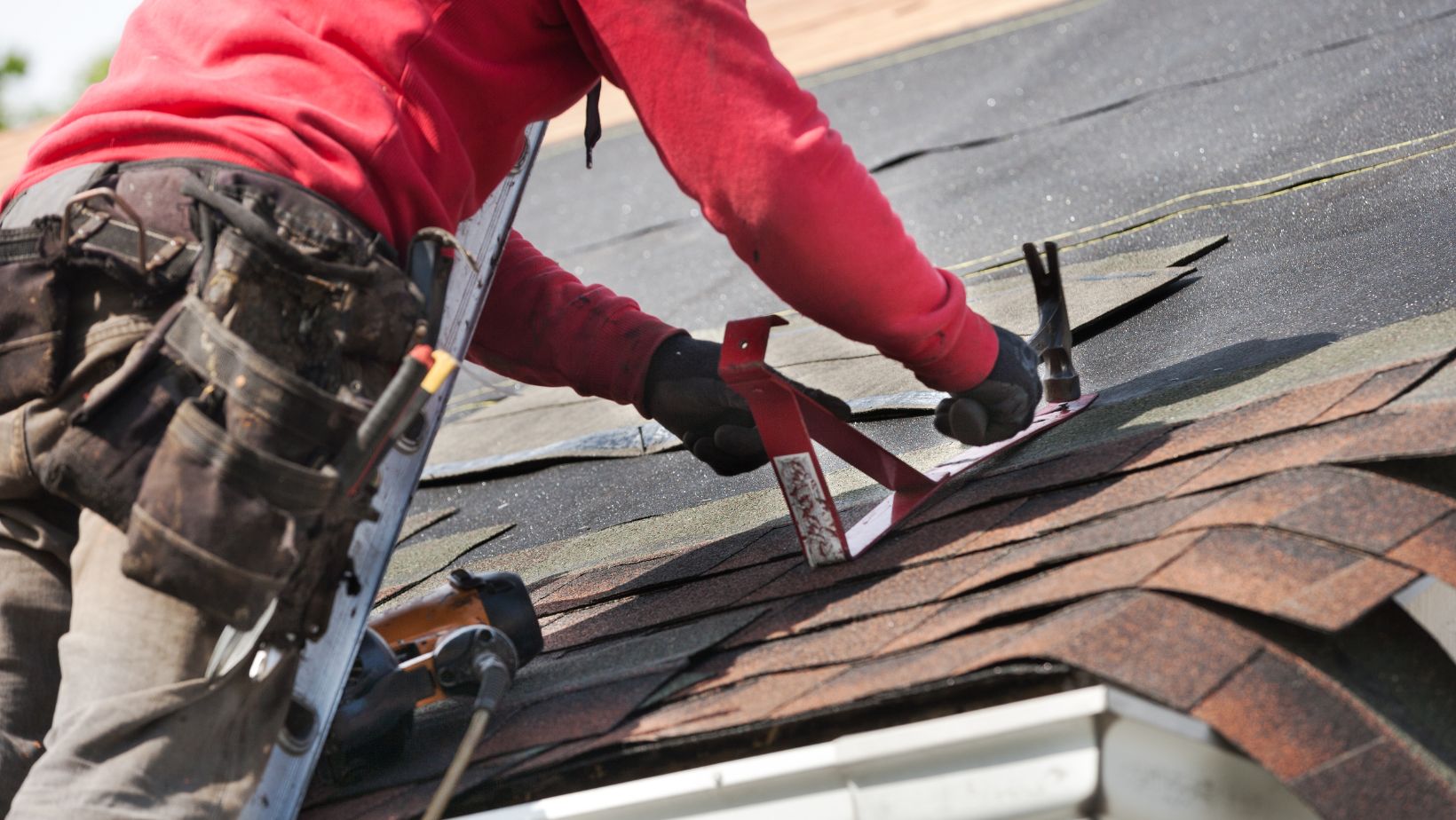Replacing your roof is a significant home improvement project that can improve your property’s safety, value, and curb appeal. Preparing for a roof replacement, however, involves more than simply hiring a contractor. Proper planning can help you minimize disruptions and protect your property during the process. Here are six essential tips for homeowners to get ready for a roof replacement.
1. Understand Your Insurance Policy
One of the first steps to take before a roof replacement is to review your insurance policy. In some cases, homeowner’s insurance may cover part or all of the roof replacement costs if the damage resulted from an event like a storm, hail, or other covered perils. Familiarizing yourself with your policy’s specifics will help you understand what coverage, if any, you may have. You can also read more about ways to get insurance to pay for a roof replacement to make the process easier. Contacting your insurance provider to confirm coverage details and exploring potential claims can make a big difference in reducing out-of-pocket expenses for this project.
2. Choose the Right Contractor
Selecting an experienced and reputable roofing contractor is crucial for a successful roof replacement. Start by asking for recommendations from friends, family, or neighbors and researching contractors online. Look for reviews and ratings, and verify their credentials, such as licensing, insurance, and certifications from roofing manufacturers. Obtain multiple quotes to compare prices, services, and materials offered, and choose a contractor with experience in the specific type of roof you need. A good contractor will provide a clear timeline, detailed cost breakdown, and open communication throughout the project.
3. Clear the Area Around Your Home
Roof replacement projects generate a significant amount of debris, and clearing the area around your home can protect your property and make it easier for the roofing crew to work efficiently.
Move vehicles, outdoor furniture, potted plants, and any other items away from the perimeter of your home. Cover flowerbeds, shrubs, or other landscaping features near the house with protective tarps to minimize the risk of damage. Additionally, let neighbors know about your upcoming roof replacement so they can prepare for any potential disruptions or temporary noise.
4. Protect Items Inside Your Home
Roof replacements involve loud noises, vibrations, and potentially falling debris, which can affect items inside your home. Remove fragile items or valuables from walls and shelves, especially on upper floors, as the vibrations from hammering and machinery can cause them to shift or fall. Cover furniture and other belongings in your attic or upper-level rooms with drop cloths or plastic to prevent dust and debris from settling on them. Taking these precautions will keep your possessions safe and reduce the amount of cleanup needed after the project is complete.
5. Plan for Noise and Disruptions
A roof replacement project can be noisy and disruptive, with hammering, drilling, and roofing materials being moved across your home. If you work from home or have young children, elderly family members, or pets sensitive to noise, consider making alternative arrangements during the peak days of the project. Some homeowners choose to stay with family or spend days away from home to avoid the disruption. Additionally, notifying your family members about the schedule in advance will help them prepare and manage expectations, reducing stress during the replacement process.
6. Arrange for Post-Project Cleanup
Once your roof replacement is complete, a thorough cleanup is essential to ensure your property is safe and free from debris. While most reputable contractors include post-project cleanup as part of their service, it’s wise to confirm this in your contract to avoid any surprises.
Roofing projects can leave behind a significant amount of materials, including nails, shingles, plastic wrappers, and other debris that can be hazardous, particularly for families with children or pets. Contractors usually conduct a detailed cleanup, often using magnetic sweepers to pick up stray nails around the perimeter of the house, driveway, and lawn.
However, even after the contractor’s initial cleanup, doing a second, more detailed inspection of your property is beneficial. Take the time to walk around your yard, especially near entrances, walkways, and areas where kids and pets frequently play. Using a handheld magnet or sweep to check for any leftover nails can provide an extra layer of assurance that the area is fully safe. You may also want to pay special attention to gutters, as roofing debris often ends up there, potentially causing clogs. Inspecting and clearing your gutters after the project ensures rainwater can flow freely, preventing any water damage to your home’s exterior.
Preparing for a roof replacement doesn’t have to be overwhelming if you follow these steps to ensure a smooth, efficient process. From understanding your insurance coverage to protecting your belongings and managing noise, each tip contributes to a successful project outcome. With careful preparation, you can minimize disruptions, keep your home safe, and enjoy the long-term benefits of a new, reliable roof. Taking these steps also provides peace of mind, making your roof replacement experience more manageable and rewarding.




More Stories
Why You Should Invest In Professional Scaffolding Services?
Maximizing Space and Functionality: The Ultimate Guide to Garage Building
The Importance of Quality Siding in MA